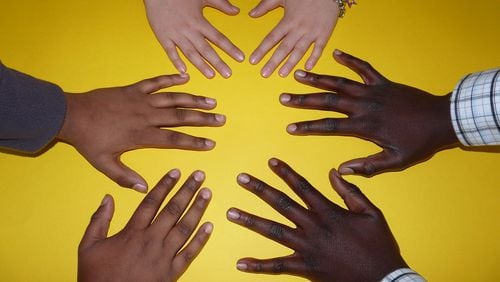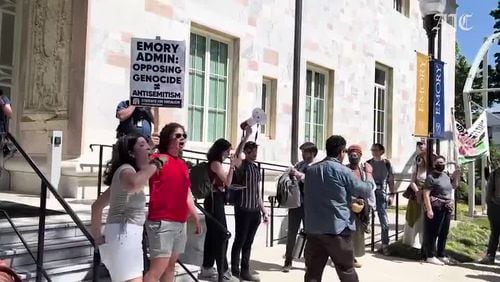I wanted to share a new report released today from the National Center for Education Statistics, "Status and Trends in the Education of Racial and Ethnic Groups, 2017. "
The report shows a changing American classroom where the percentage of white and black students is falling, while the percentage of Hispanic students is growing. These new demographics will require new classroom strategies as many Hispanic students are classified as English Language Learners, which means schools have to adapt to educating kids who are not native speakers.
Hispanic students also bring the challenges of coming from low-income households; just under a third live in poverty, according to the report. Thirty-seven percent of black students live in poverty.
The report looks at current trends, challenges and progress in U.S. schools through a lens of race and ethnicity. The report presents 28 indicators on topics ranging from pre-k through postsecondary education, as well as labor force outcomes.
Main finding: The number of students finishing high school has increased for all students but rate of progress has varied and racial/ethnic gaps persist.
Here is the official summary:
The new report shows that public schools are becoming more racially and ethnically diverse. Between fall 2003 and fall 2013, the percentage of students enrolled in public elementary and secondary schools decreased for students who were White (from 59 to 50 percent) and Black (from 17 to 16 percent). In contrast, the percentage increased for students who were Hispanic (from 19 to 25 percent) and Asian/ Pacific Islander (from 4 to 5 percent) during the same time period.
Other key findings include:
•In 2014, the percentage of children under age 18 living in poverty based on the official poverty measure was highest for Black children (37 percent), followed by Hispanic children (31 percent), and White and Asian children (12 percent each);
•In 2014, about 4.7 million public school students participated in English language learner (ELL) programs. Hispanic students made up the majority of this group (78 percent), with around 3.6 million participating in ELL programs;
•On the NAEP reading assessment, the White-Black gap in scale scores narrowed in Grade 4 from 32 points in 1992 to 26 points in 2015, while the White-Hispanic gap (24 points) was not measurably different from 1992. In grade 8 reading, the White-Hispanic gap narrowed from 26 points in 1992 to 21 points in 2015, while the White-Black gap (26 points) was not measurably different from 1992;
•From 1990 to 2015, the high school status completion rate for 18- to 24-year-olds increased from 59 percent to 88 percent for Hispanic students, from 83 percent to 92 percent for Black students; and from 90 percent to 95 percent for White students. Despite this progress, the completion rates for Hispanic and Black 18- to 24-year-olds remained lower than the White rate in 2015;
•The number of bachelor's degrees awarded to Hispanic students more than doubled between 2003–04 and 2013–14. During the same period, the number of degrees awarded also increased for Black (by 46 percent), Asian/Pacific Islander (by 43 percent), and White (by 19 percent) students; and
•In 2014, among those who had not completed high school, higher percentages of Black and American Indian/Alaska Native adults (both 22 percent) were unemployed compared to White (13 percent), Hispanic (8 percent), and Asian (7 percent) adults.
About the Author







